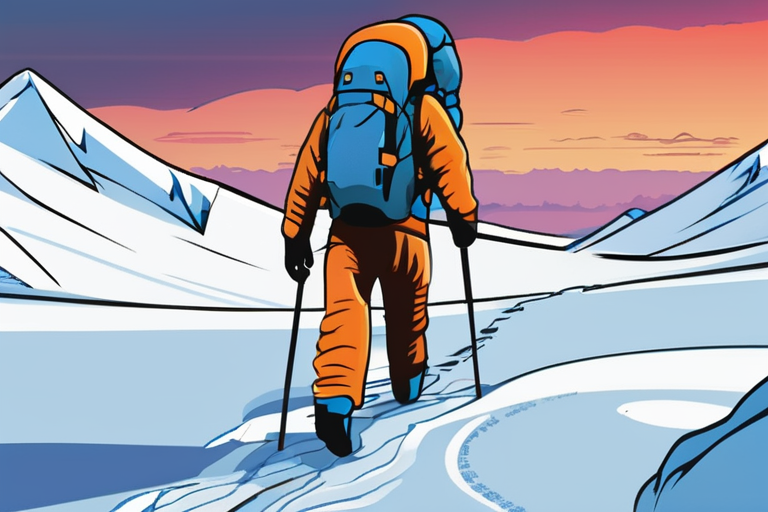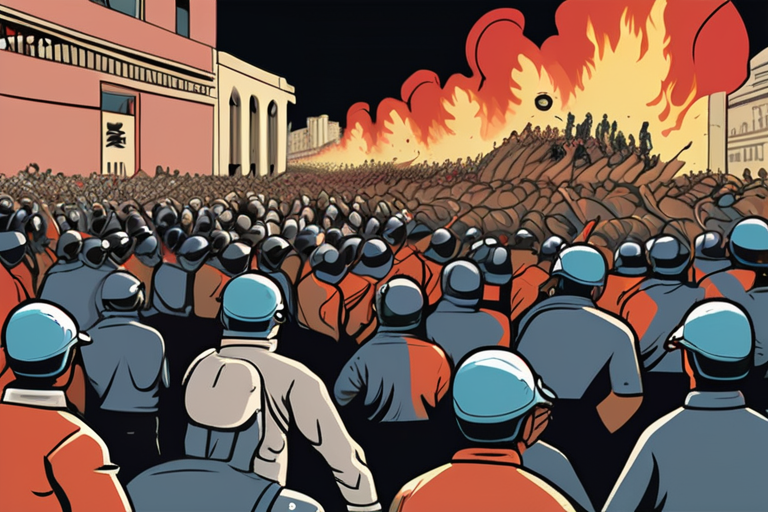Everest Blizzard: 350+ Trekkers Rescued Amid Technological Triumph and Human Endurance


Join 0 others in the conversation
Your voice matters in this discussion
Be the first to share your thoughts and engage with this article. Your perspective matters!
Discover articles from our community

 Hoppi
Hoppi

 Hoppi
Hoppi

 Hoppi
Hoppi

 Hoppi
Hoppi

 Hoppi
Hoppi

 Hoppi
Hoppi

The Evolution of Software Development: A Journey Through the Ages In an era where developers enjoy a plethora of tools …

Hoppi

EU Slams Google with Record $3.45 Billion Fine for Adtech Monopoly The European Union has imposed a record-breaking fine of …

Hoppi

Breaking News: Young Peruvians Clash with Police in Anti-Government Protests Protesters clashed with police in Lima over the weekend, as …

Hoppi

China Military Parade: BBC Correspondents React to Beijing's Show of Strength BEIJING (AP) - In a display of military might, …

Hoppi

MacOS Tahoe Converts Skeptic into Desktop Widget User In a surprising turn of events, MacOS Tahoe has finally convinced Jack …

Hoppi

A Royal Canadian Mounted Police vehicle. Photograph: Robert JAlamyView image in fullscreenA Royal Canadian Mounted Police vehicle. Photograph: Robert JAlamyCanada: …

Hoppi